After undergoing a thorough restoration process, in March of this year all the spaces of the Museo Casa Histórica Ingenio Bolívar (Historical House Museum Bolivar Sugar Mill) were reopened to the public, a place that holds too many stories in its fields and walls, both of the life of the Liberator Simón Bolívar and his struggle for the independence of Venezuela, as well as the economic and social dynamics of the colonial era.
Después de haber sido sometidos a un profundo proceso de restauración, en marzo de este año fueron reabiertos al público todos los espacios del Museo Casa Histórica Ingenio Bolívar, un lugar que guarda demasiadas historias en sus campos y paredes, tanto de la vida del Libertador Simón Bolívar y su lucha por la independencia de Venezuela, como de la dinámica económica y social de la época colonial.
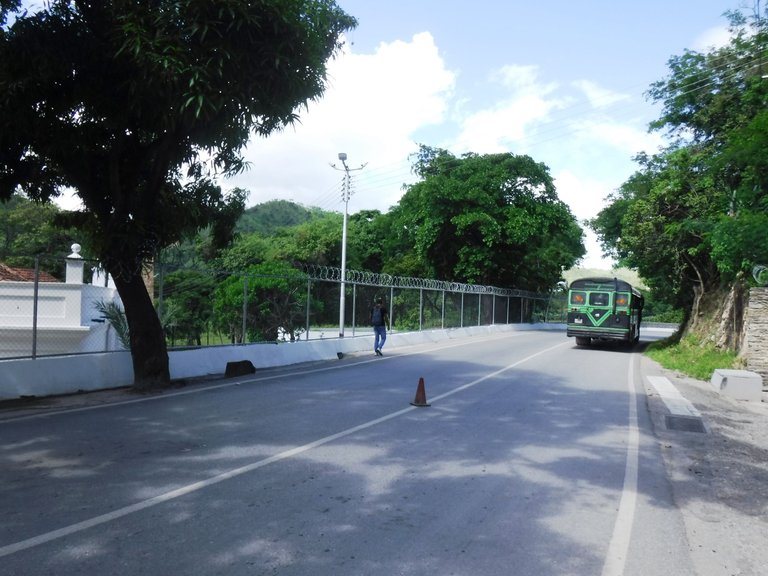
I had already visited it once several years ago, when I was a student, to do a university assignment, and when I found out about its renovation, I went back a few Saturdays ago with a friend and her family. It is located in San Mateo, Aragua State, among an extraordinary landscape of valleys and mountains.
Ya lo había visitado una vez hace varios años, cuando era estudiante, para hacer una tarea universitaria, y al enterarme de su renovación, volví hace algunos sábados junto a una amiga y su familia. Está ubicado en San Mateo, estado Aragua, entre un extraordinario paisaje de valles y montañas.
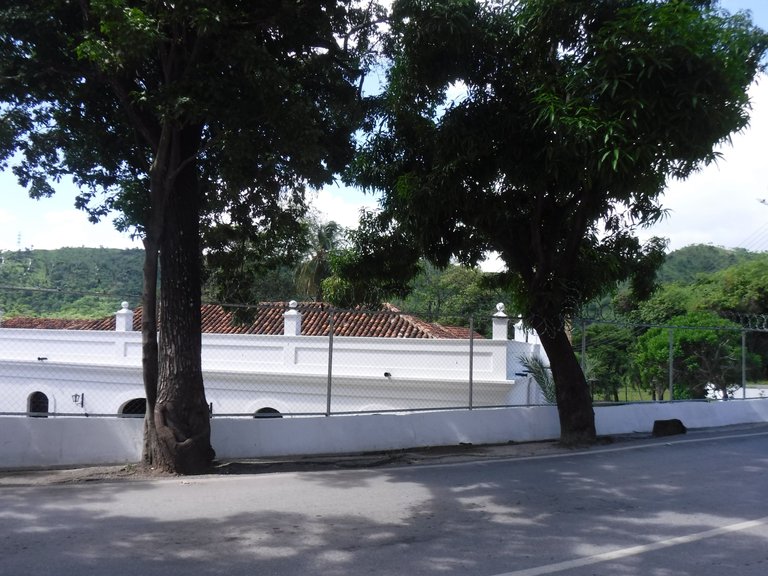
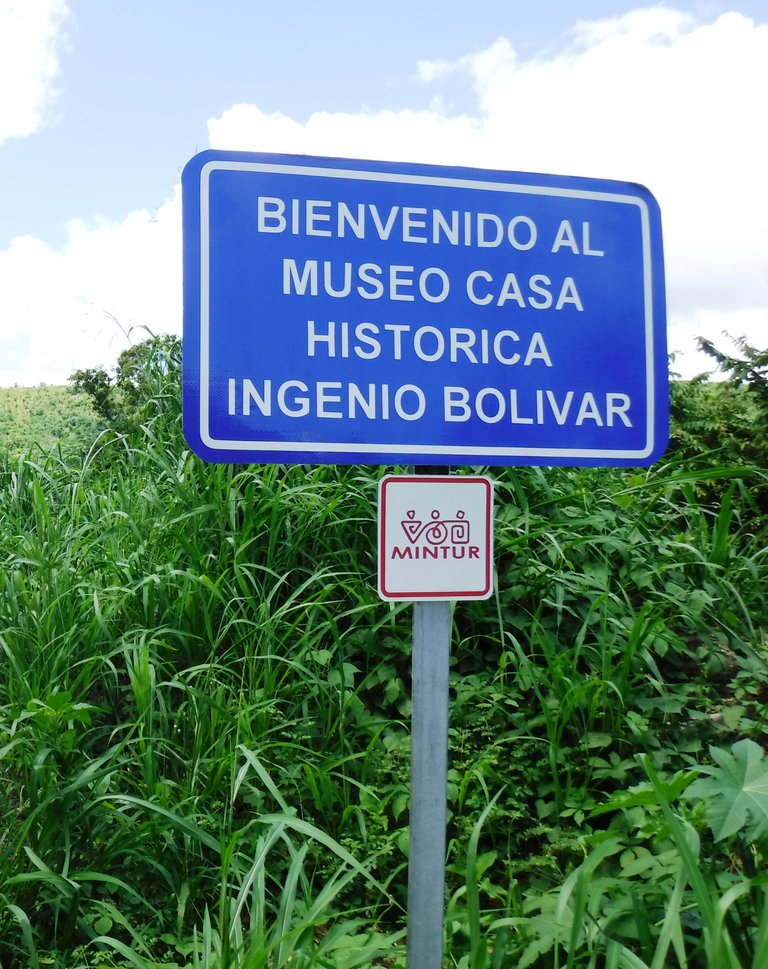
Admission is completely free, it is open from Tuesday to Sunday from 9:00 am to 4:00 pm and there are guides that accompany you throughout the tour. The Historical House Museum Bolivar Mill has three spaces: the Sugar Cane Museum, the Arms Museum and the Historic House of the Liberator. We start the visit at the Sugar Cane Museum, which is what I will show you in this publication, has 9 exhibition rooms in which there are objects related to the cultivation and processing of sugarcane, representations of the colonial period and also archaeological remains, among many other things.
La entrada es totalmente gratuita, está abierto de martes a domingo de 9:00 am a 4:00 pm y hay guías que te acompañan en todo el recorrido. El Museo Casa Histórica Ingenio Bolívar tiene tres espacios: el Museo de la Caña de Azúcar, el Museo de Armas y la Casa Histórica del Libertador. Comenzamos la visita por el Museo de la Caña de Azúcar, que es lo que les mostraré en esta publicación, tiene 9 salas de exposición en las que hay objetos relacionados al cultivo y el procesamiento de la caña, representaciones de la época colonial y también restos arqueológicos, entre muchas otras cosas.
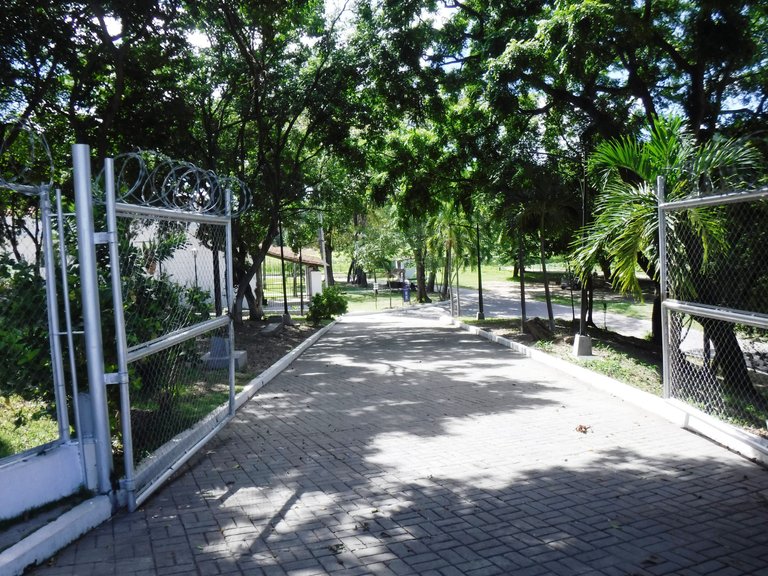
Going there, the first thing that stands out is the chimney of the sugar mill of this hacienda, owned by the family of Simón Bolívar.
Al ir hacia allá lo primero que destaca es la chimenea del trapiche de esta hacienda, propiedad de la familia de Simón Bolívar.

The information available on how this area was occupied indicates that this occurred at the end of the 16th century. Several years before, Simón de Bolívar "El Viejo" (The Old Man), from Vizcaya (Spain), the first ancestor of the Liberator Simón Bolívar who settled in the country, had arrived in Venezuela. He rendered his services to the Spanish Crown, as did his son Simón de Bolívar "El Mozo" (The Boy) years later, who was granted these lands in the valleys of Aragua, and it was his descendants who founded the sugar mill here. The Liberator's father, Juan Vicente Bolivar, inherited the hacienda in the 18th century.
La información disponible sobre cómo fue ocupada esta zona, señala que esto se dio a finales del siglo XVI. Varios años antes había llegado a Venezuela Simón de Bolívar "El Viejo", oriundo de Vizcaya (España), el primer antepasado del Libertador Simón Bolívar que se estableció en el país. Prestó sus servicios a la Corona española, como años después lo hizo su hijo Simón de Bolívar "El Mozo", a quien le otorgaron estas tierras en los valles de Aragua, y fueron sus descendientes quienes fundaron el ingenio azucarero aquí. El padre del Libertador, Juan Vicente Bolívar, heredó la hacienda en el siglo XVIII.

Before entering the museum, we can scan a code found on the identification sign to get more information about the place.
Antes de ingresar al museo, podemos escanear un código que se encuentra en el letrero identificador y así obtener más información del lugar.
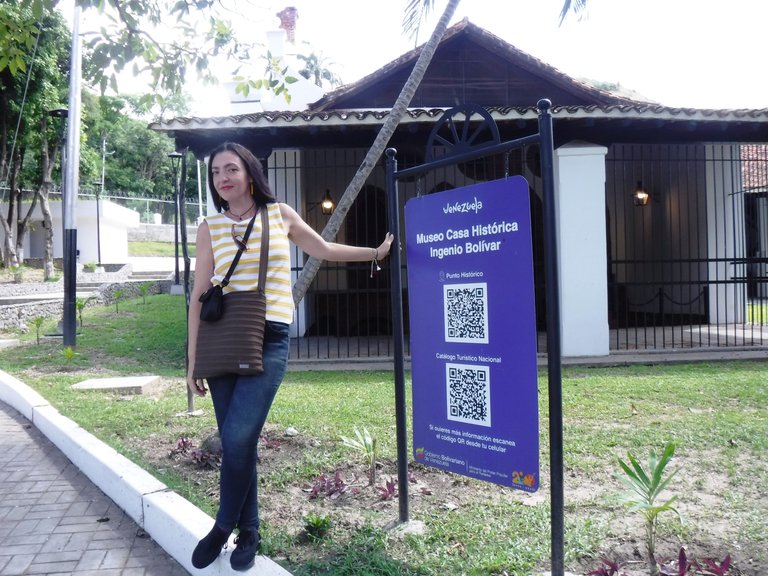
In the gardens we can already see pieces of a mill, such as this wheel.
En los jardines ya podemos ver piezas de un trapiche, como esta rueda.
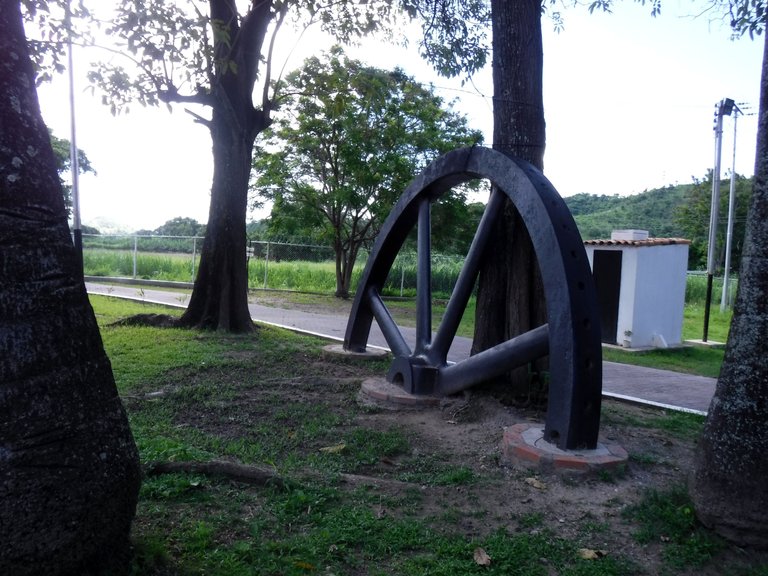
As soon as we entered, we found a huge hydraulic system for processing sugar cane.
Apenas al entrar, nos encontramos con un enorme sistema hidráulico para el procesamiento de la caña de azúcar.
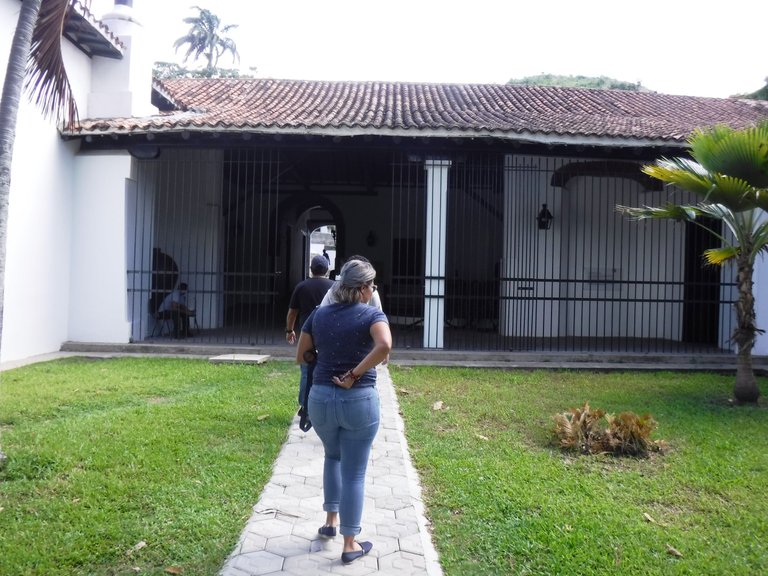
This imposing hydraulic mill was installed at the beginning of the 18th century by the grandfather of the Liberator, Don Juan de Bolívar y Villegas, and used the waters of the mighty Aragua River to operate.
Este imponente trapiche hidráulico fue instalado a comienzos del siglo XVIII por el abuelo del Libertador, Don Juan de Bolívar y Villegas, y para funcionar utilizaba las aguas del caudaloso río Aragua.
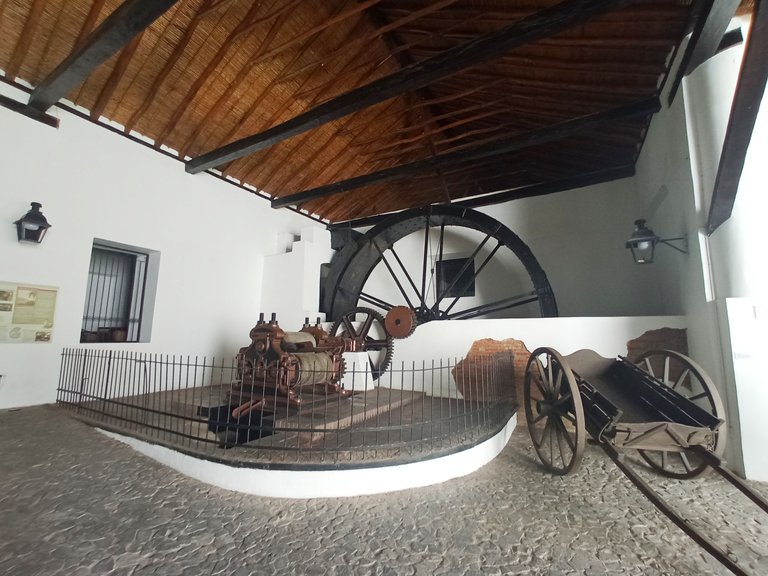
The guide led us to another room where he showed us other mills that were used here, in the photo below you can see the Blood mill, its description says: "These mills were moved by horses, which were attached to the structure and walked in circles dragging a wooden pole that turned the wheels of the mill, simultaneously the sugar cane was introduced between the heavy rollers, to extract the juice that fell into the lower tray. There are references that in some cases, slaves were used to provide the mobilizing force of the structure".
El guía nos condujo hacia otra sala donde nos mostró otros trapiches que se utilizaron aquí, en la foto que sigue pueden ver el Trapiche a sangre, su descripción dice: “Estos trapiches eran movidos por caballos, los cuales eran sujetados a la estructura y andaban en círculos arrastrando un poste de madera que hacía girar las ruedas del molino, simultáneamente la caña de azúcar era introducida entre los rodillos pesados, para extraer el jugo que caía en la bandeja inferior. Se tiene referencias que en algunos casos, se emplearon esclavizados para imprimir la fuerza movilizadora de la estructura.”

There is also the Hand mill or Tucutucu, which is more for domestic use and was used, for example, to extract small amounts of sugar cane and sweeten some homemade preparation such as drinks or sweets. Its structure is simple, a wooden trunk and a lever, I guess that name, Tucutucu, is due to the sound it made when processing the cane.
También está el Trapiche de mano o Tucutucu, el cual es más de uso doméstico y se usaba por ejemplo, para sacar pequeñas cantidades de caña y endulzar alguna preparación casera como bebidas o dulces. Su estructura es sencilla, un tronco de madera y una palanca, supongo que ese nombre, Tucutucu, se debe al sonido que hacía al procesar la caña.
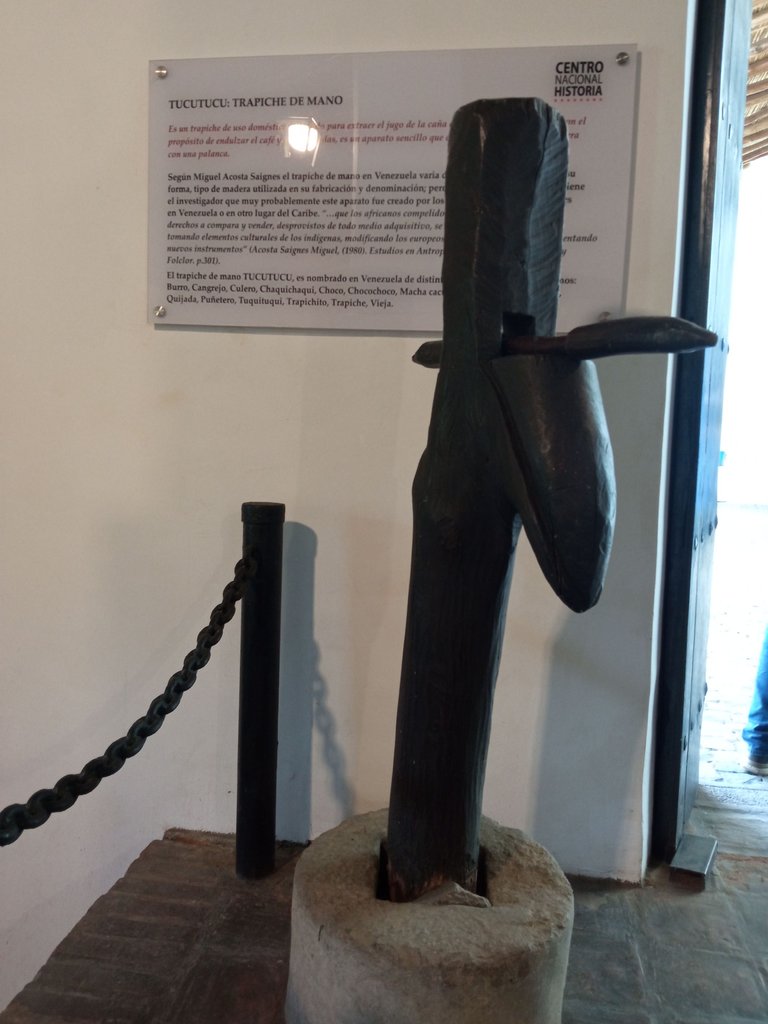
In this room are also exhibited several utensils, such as stills and kettles made of iron and bronze. It is important to note that sugar cane was one of the basic products of the Venezuelan economy from the second half of the 18th century until the first decades of the 20th century.
En esta sala están exhibidos también varios utensilios, como alambiques y calderos fabricados de hierro y bronce. Es importante destacar que la caña de azúcar fue uno de los rubros básicos de la economía venezolana desde la segunda mitad del siglo XVIII hasta las primeras décadas del siglo XX.
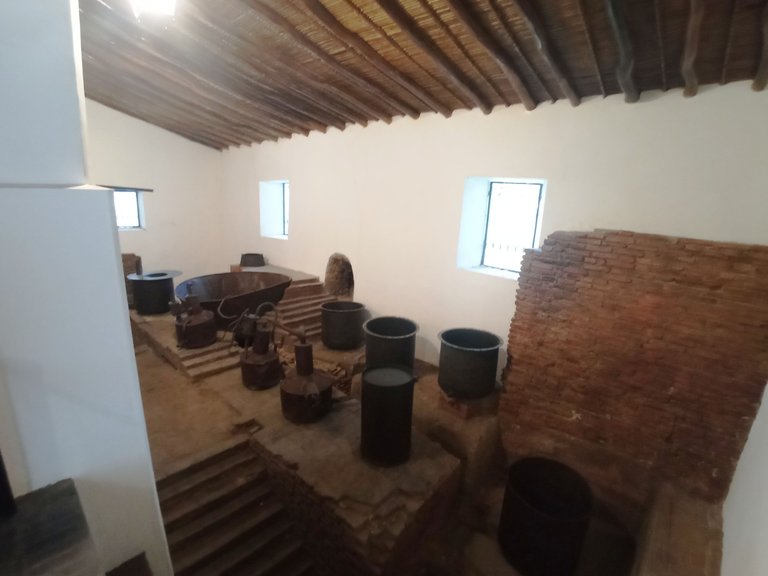
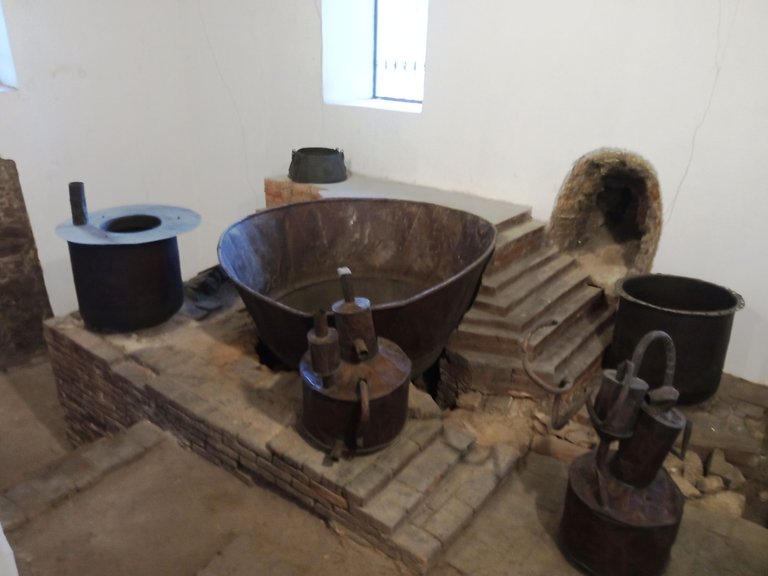
Then we went to the room where the oven with chimney is located, whose fuel was sugar cane bagasse, a very interesting fact.
Luego pasamos a la sala donde se encuentra el horno con chimenea, cuyo combustible era el bagazo de caña, un dato muy interesante.
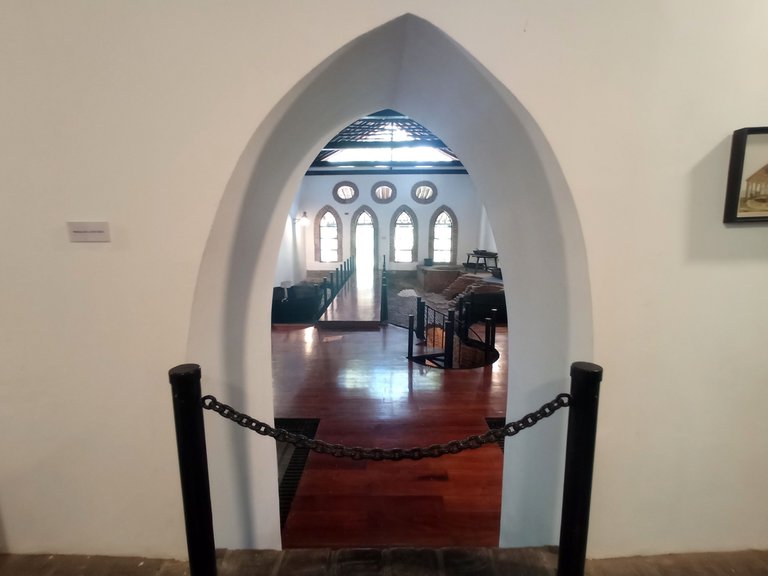
This room has two levels, the upper part where the metal pots, pans, and some objects such as the molds of the papelón (solid sugar cane), among others, are exhibited, and the subway part, where the oven is located. The hacienda produced sugar cane derivatives: sugar, papelón and rum.
Esta sala tiene dos niveles, la parte de arriba donde se exhiben las pailas, bateas, y algunos objetos como los moldes del papelón, entre otros, y la parte subterránea, donde está el horno. La hacienda producía los derivados de la caña: azúcar, papelón y ron.
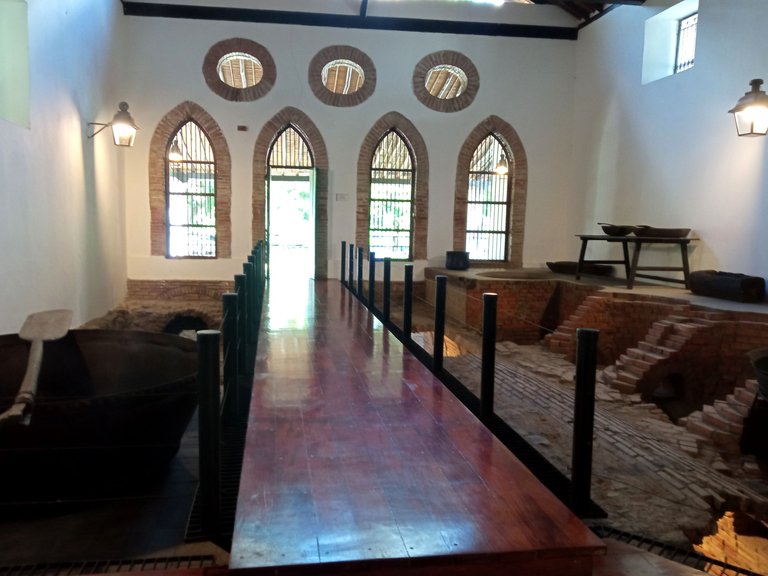
In the wooden floor there are openings covered with transparent sheets to be able to see what is underneath.
En el piso de madera hay unas aberturas cubiertas con láminas transparentes para poder observar lo que hay debajo.

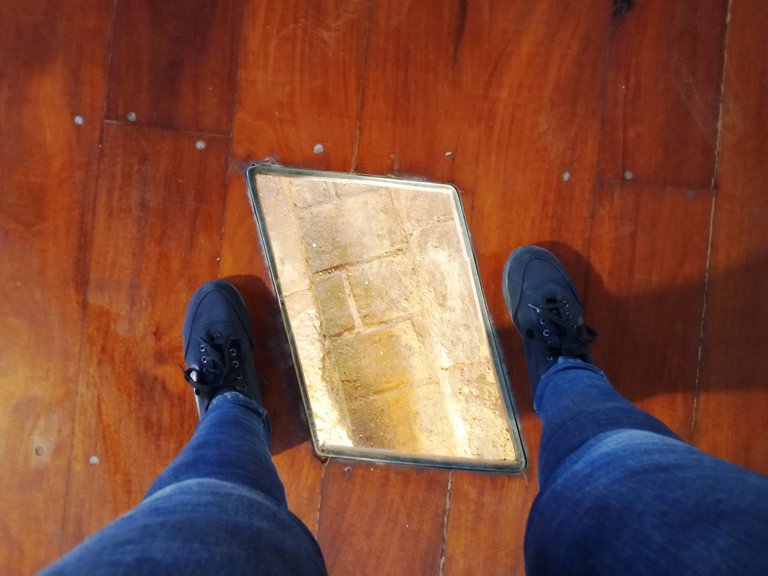

We went down a spiral staircase and found some tunnels covered by small bricks, very photographable by the way.
Por una escalera tipo caracol bajamos y nos encontramos con unos túneles cubiertos por pequeños ladrillos, por cierto muy fotografiables.
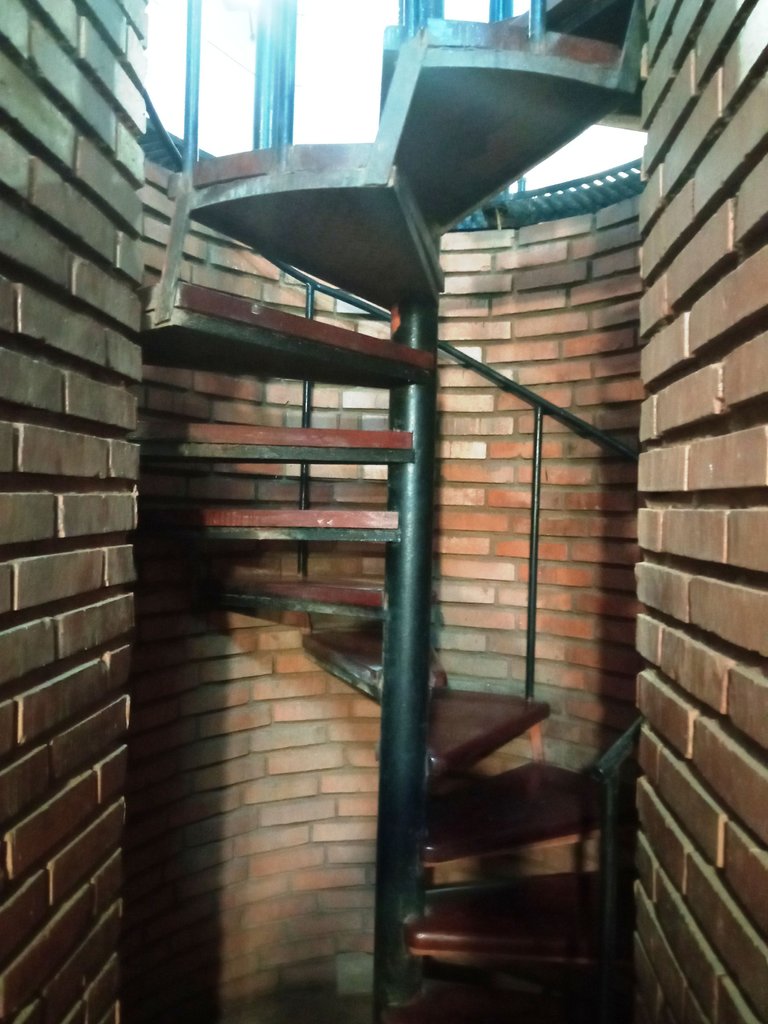
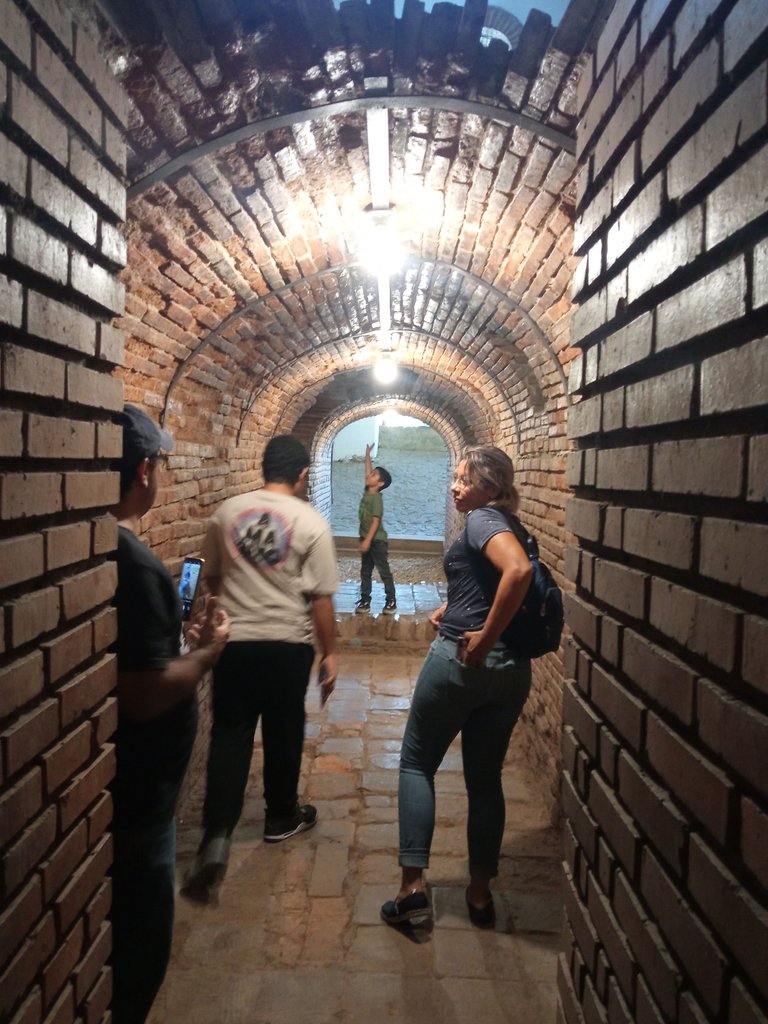
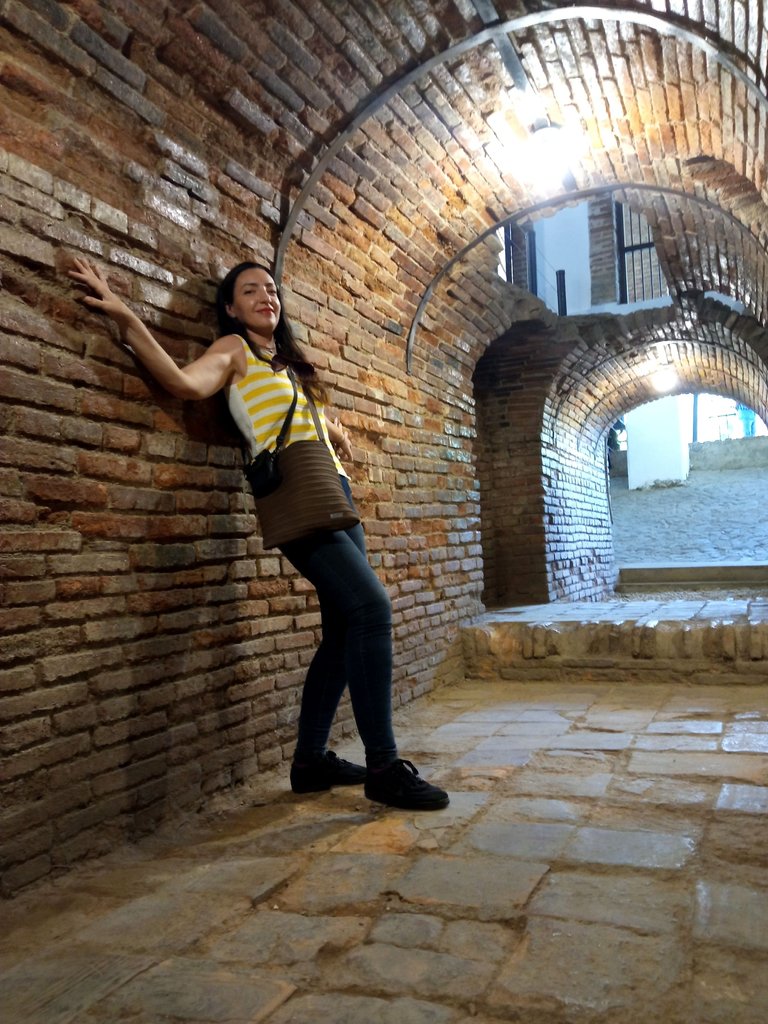
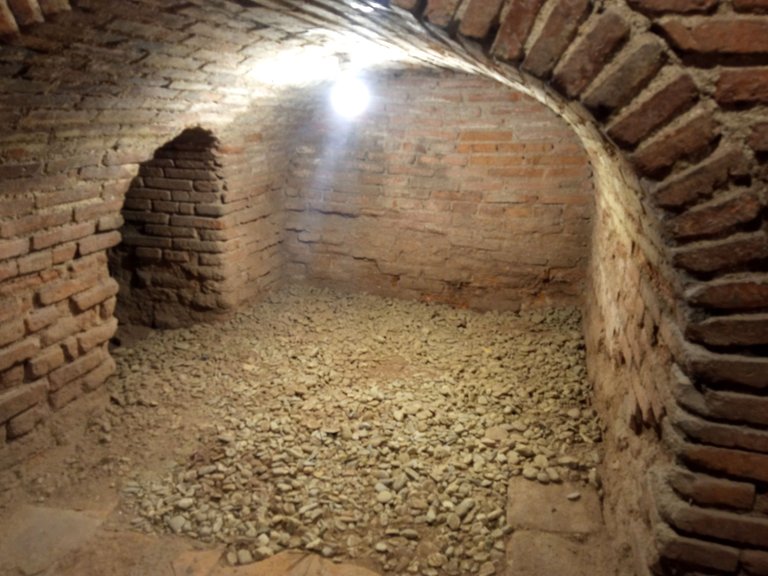
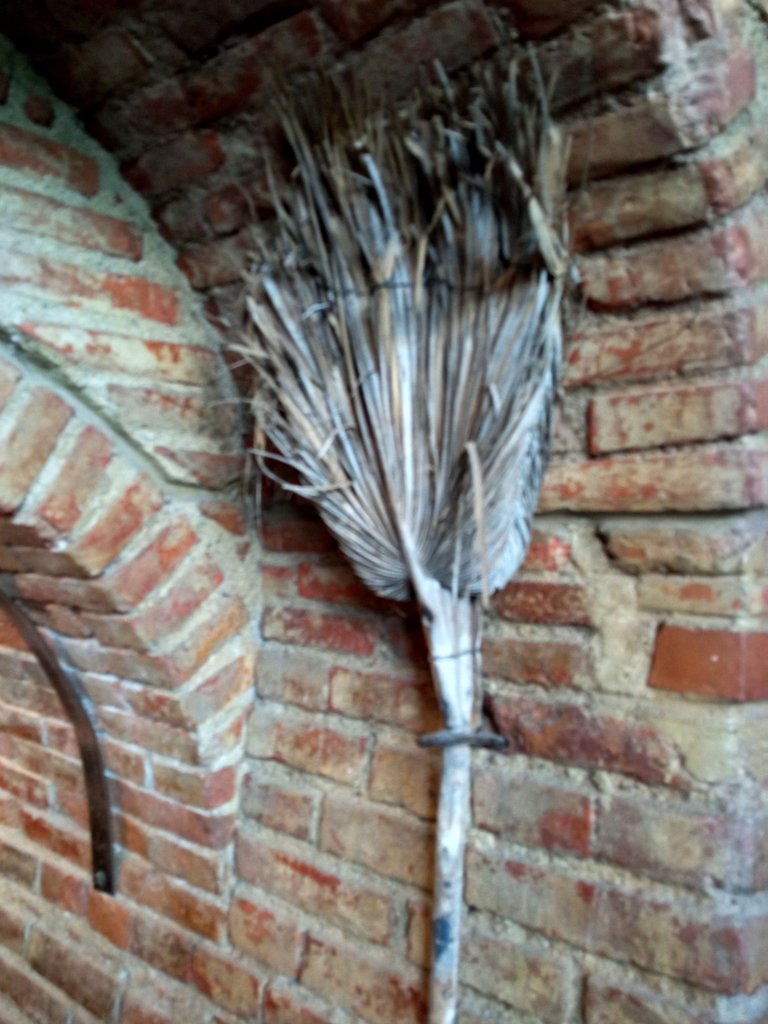
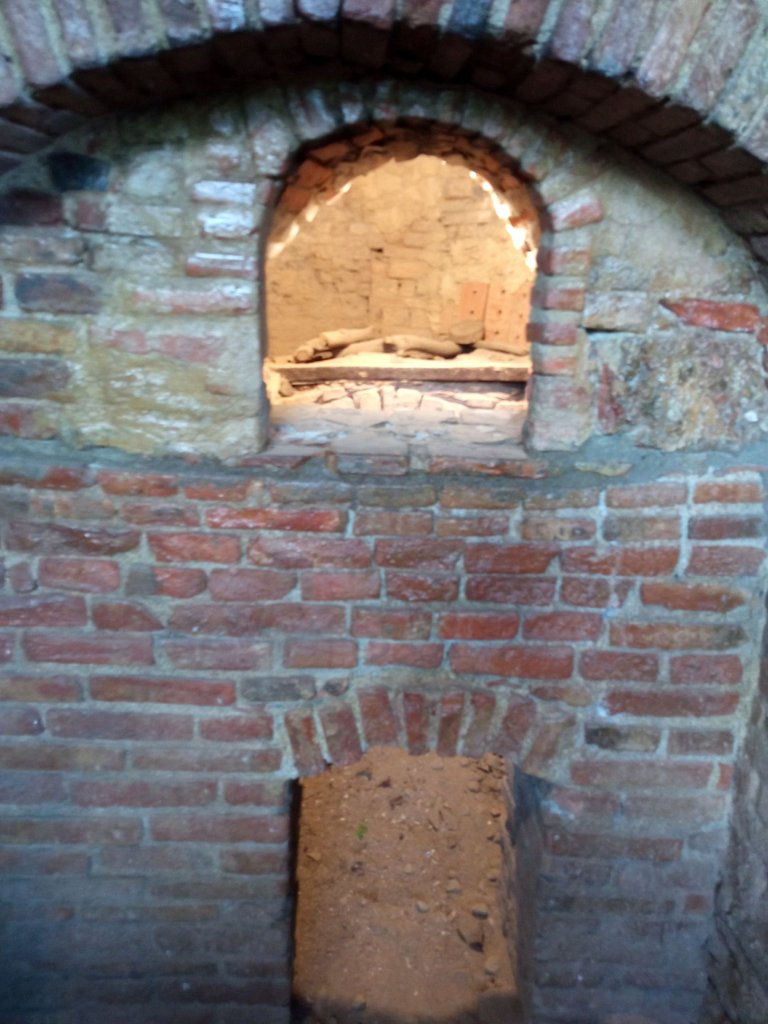
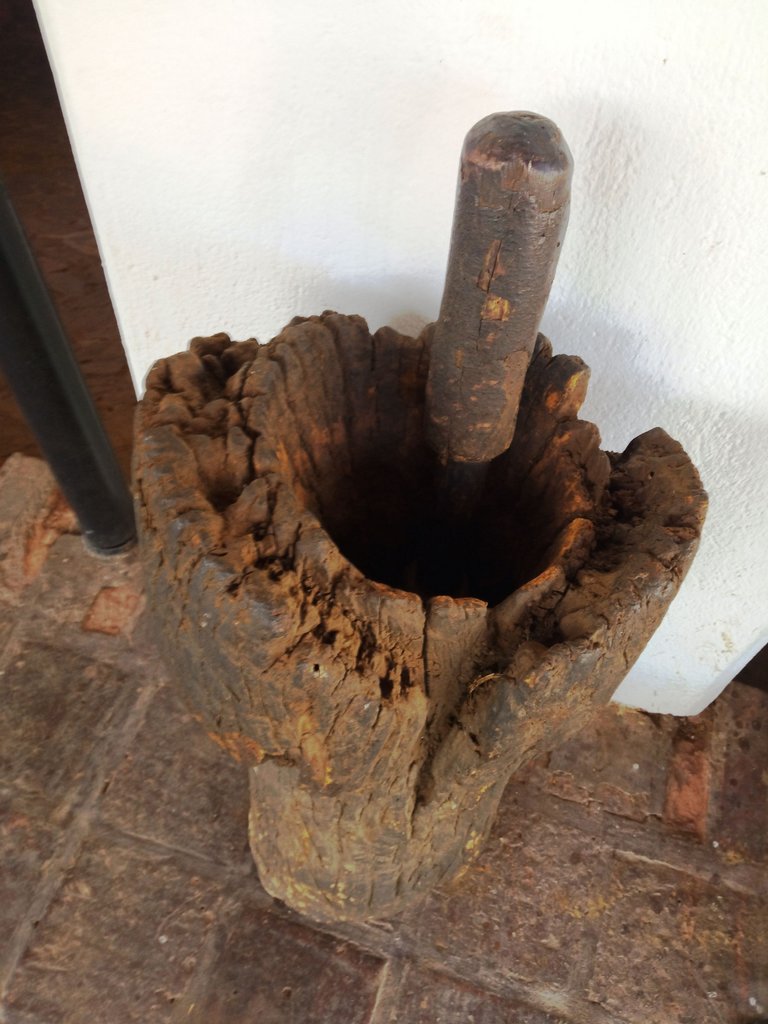
When we finished, we climbed some brick stairs and left the house, this is what this room looks like from the outside.
Al terminar, subimos unas escaleras también de ladrillos y salimos de la casa, así se ve esta sala desde afuera.
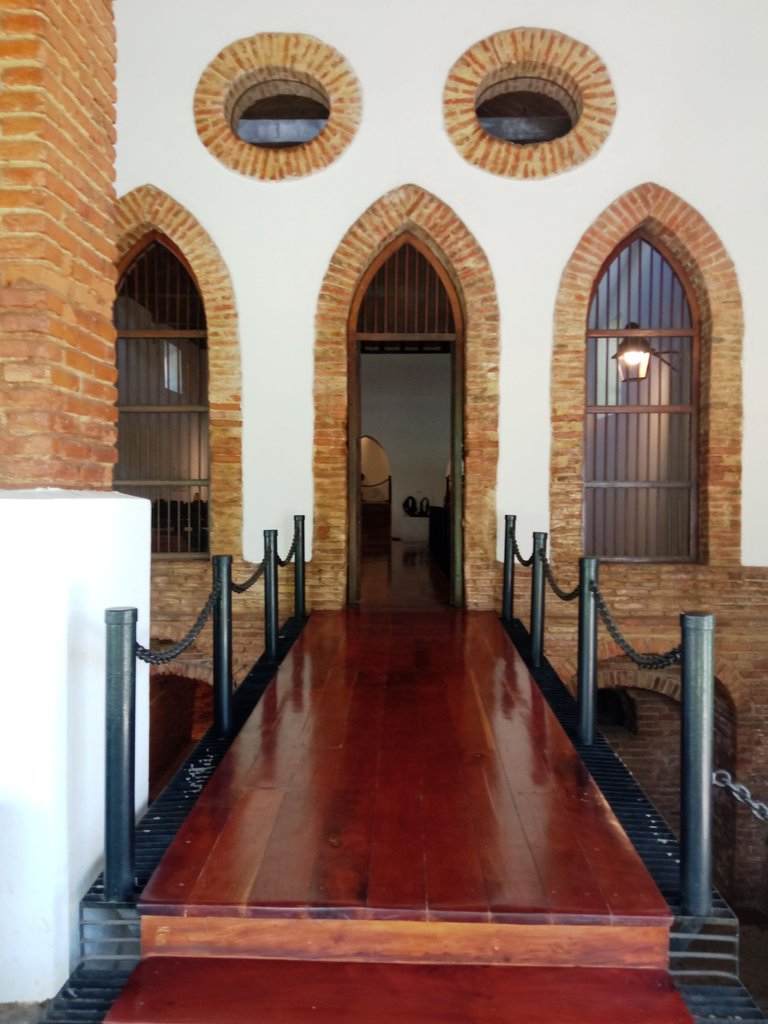
We then re-entered through that wooden bridge you see there to see the room from another perspective.
Luego volvimos a entrar a través de ese puente de madera que se ve allí para ver la sala desde otra perspectiva.
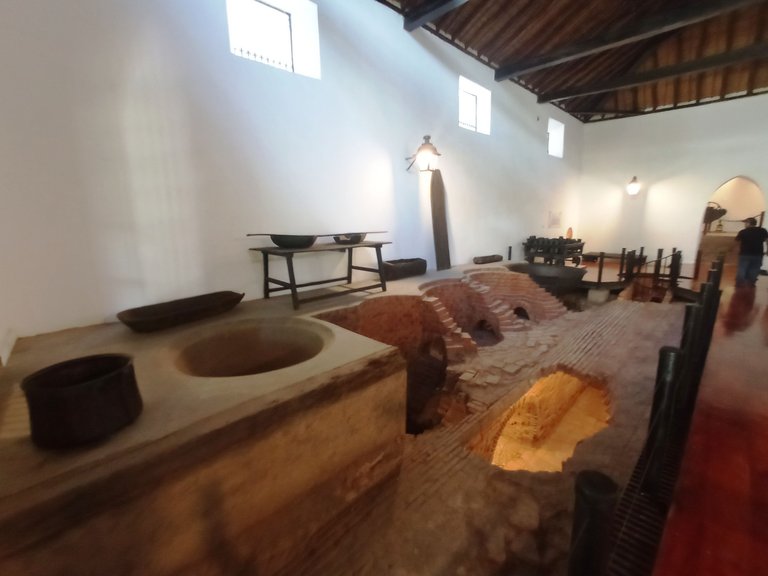
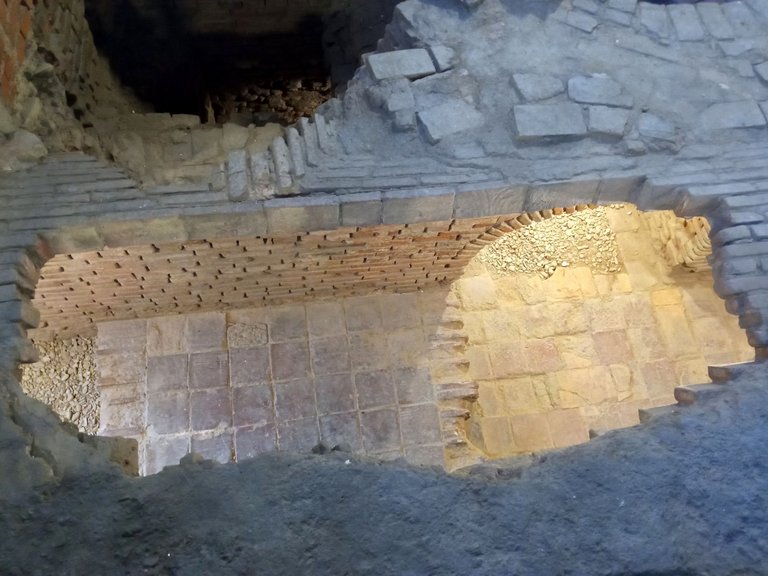
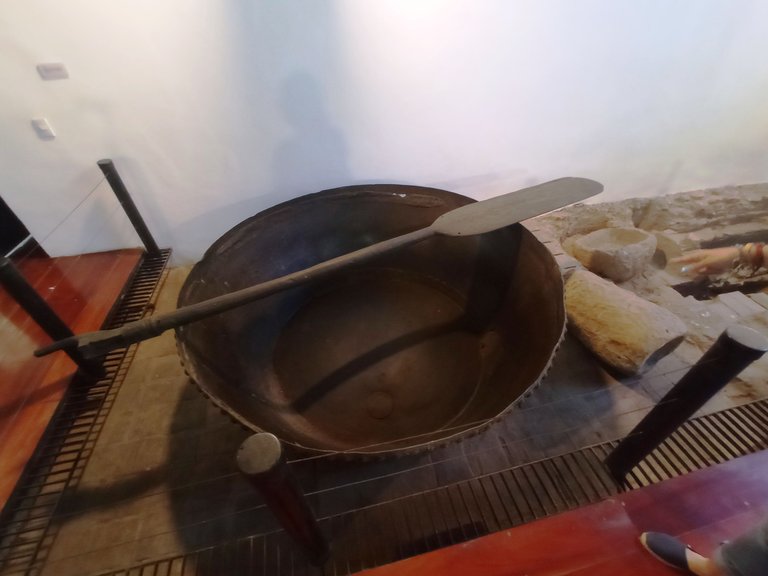
We continue our tour through the museum to the room that exhibits machinery from the 18th and 19th centuries. In this hacienda not only sugar cane and its derivatives were produced, but also cotton, tobacco, coffee, corn and indigo, so there is old equipment related to these products, such as tobacco and corn presses, coffee mill, tool grinders, among others.
Continuamos el recorrido por el museo hacia la sala que exhibe maquinaria de faena del siglo XVIII y XIX. En esta hacienda no sólo se producía caña y sus derivados, también se cultivaba algodón, tabaco, café, maíz y añil, por lo que hay equipos antiguos relacionados a estos productos, como prensa de tabaco, de maíz, molino para café, amoladores de herramientas, entre otros.
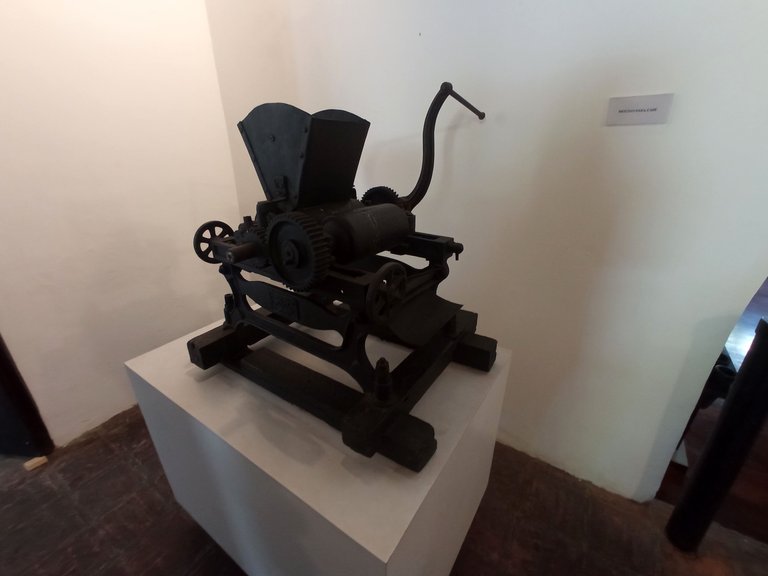
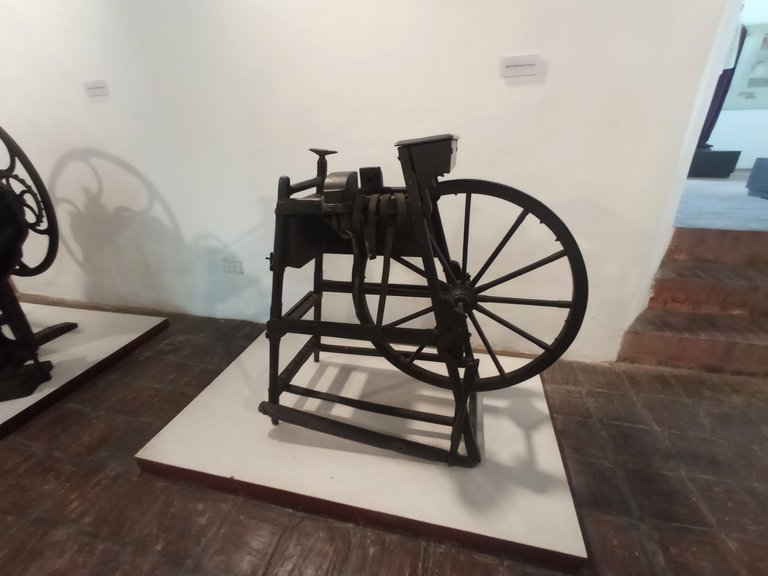
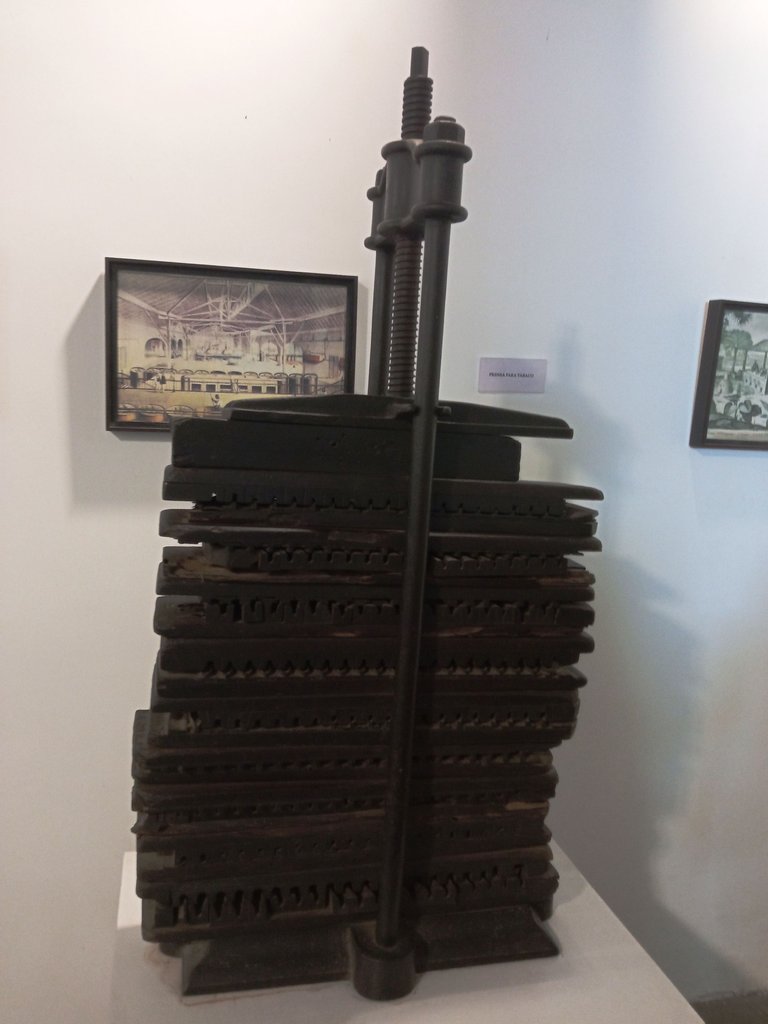
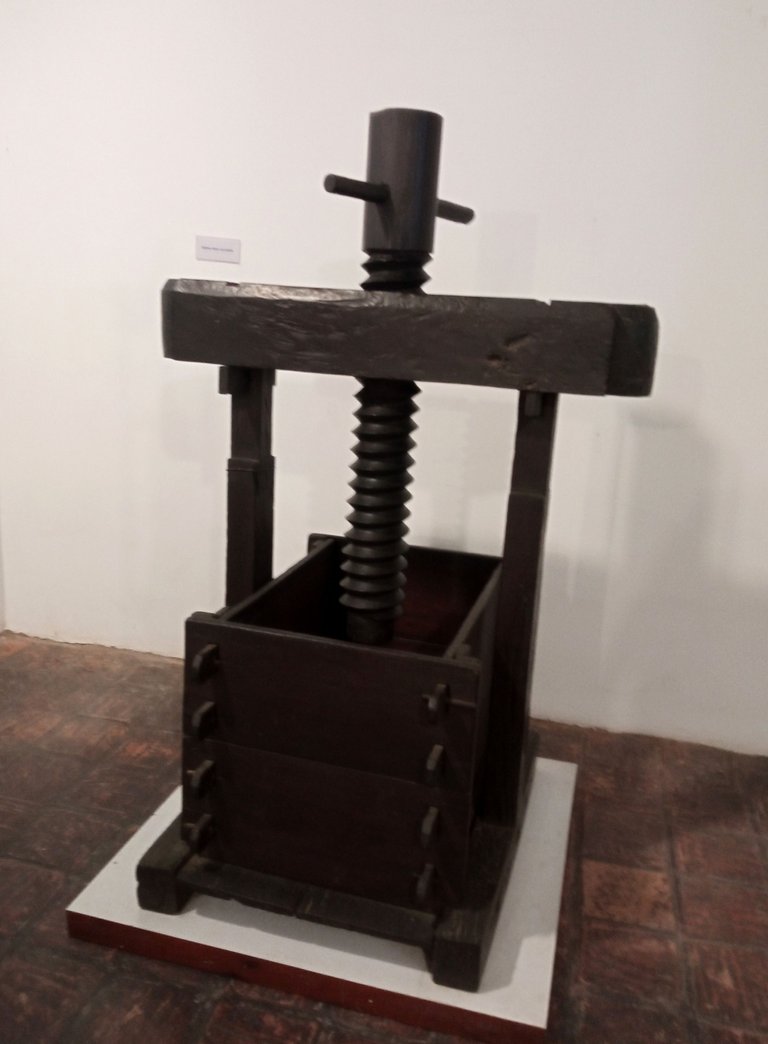
In the last rooms we visited we were able to see several pieces of furniture that are original and property of the Bolivar family, and objects such as coins, books, bottles and ceramic pieces, which although broken, you can see a little of what their designs were like. There is also a recreation of the clothing worn by slaves, workers and Mantuanos (white Creoles), and some pieces used in farm work.
En las últimas salas que visitamos pudimos ver varios muebles que son originales y propiedad de la familia Bolívar, y objetos como monedas, libros, botellas y piezas de cerámica, que aunque rotas, puedes ver un poco cómo eran sus diseños. También está una recreación de las vestimentas de la época colonial, la que usaban esclavos, trabajadores y los mantuanos (blancos criollos), y algunas piezas utilizadas en las labores del campo.
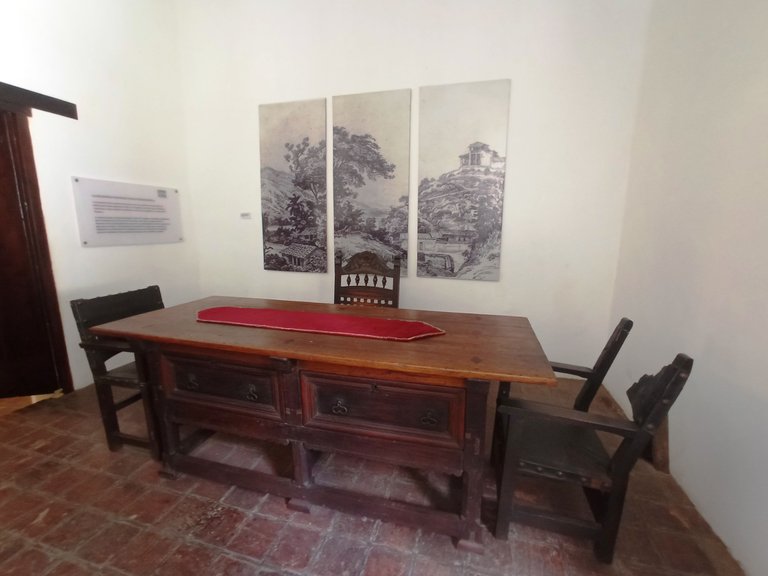
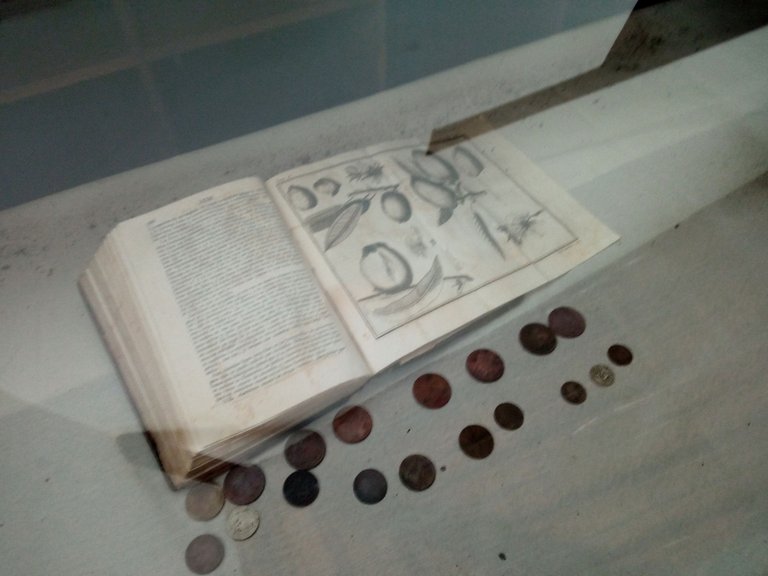
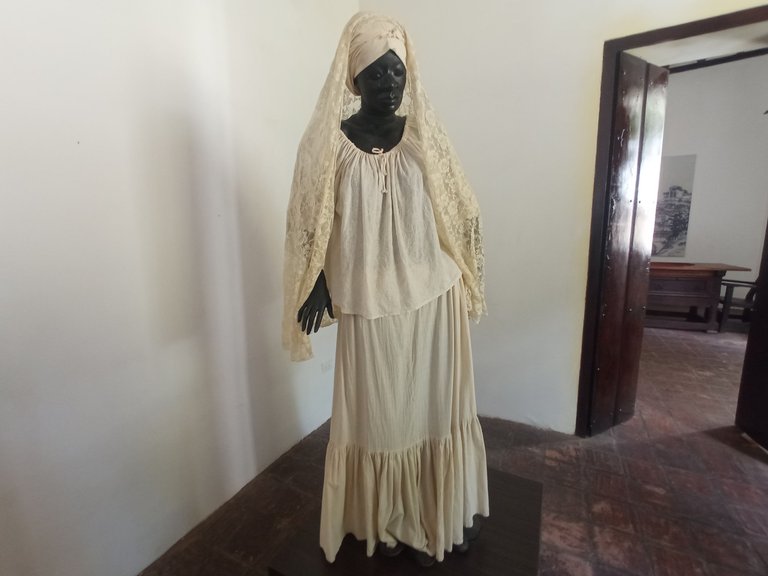
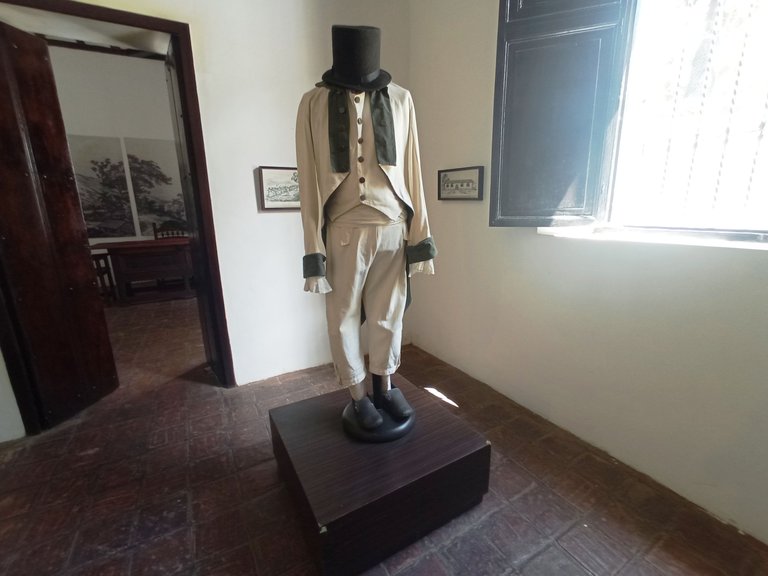

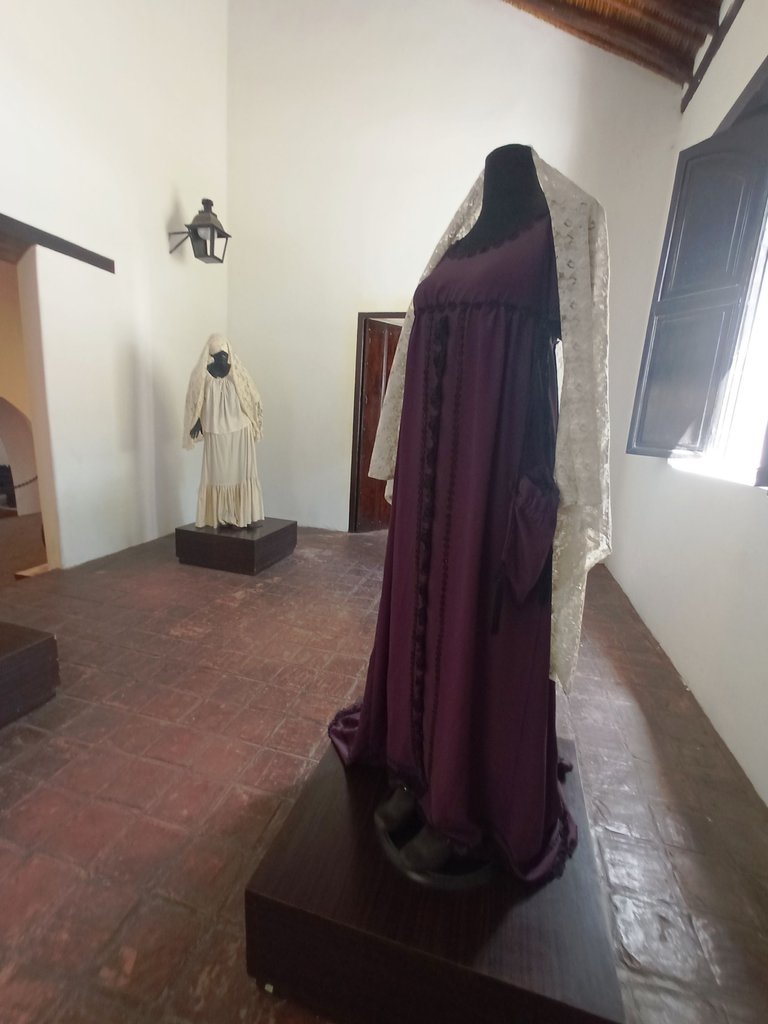
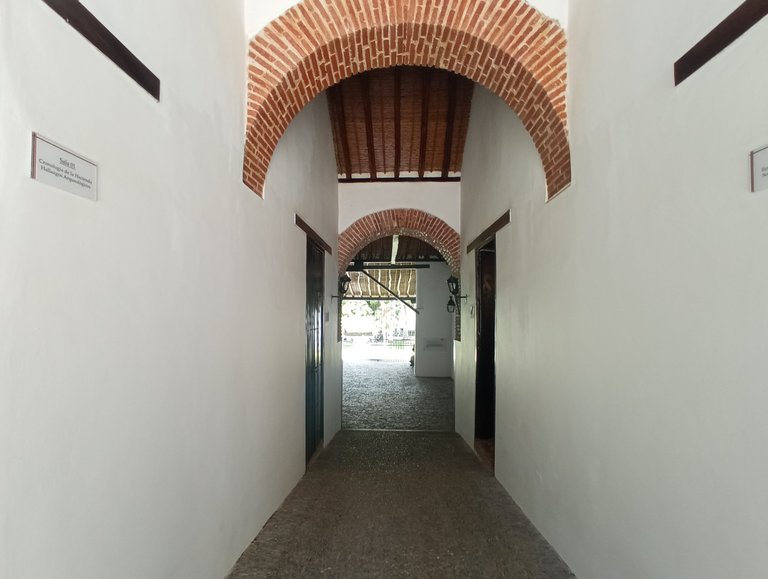
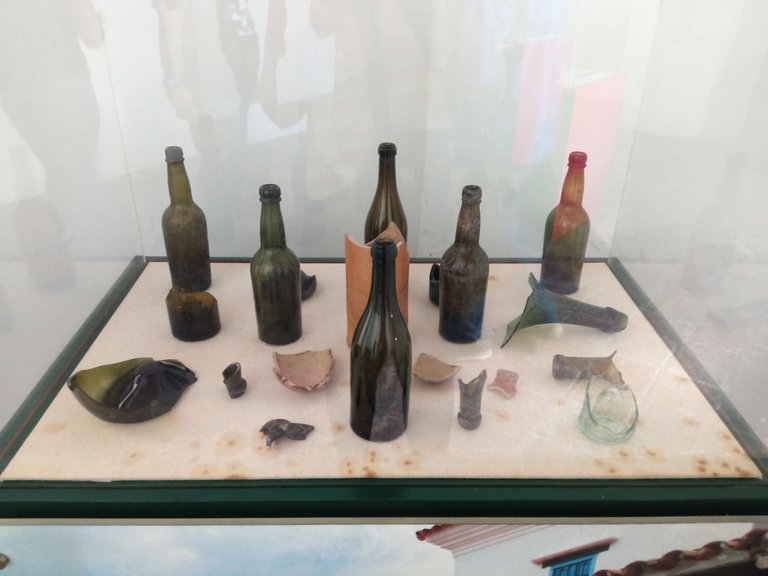
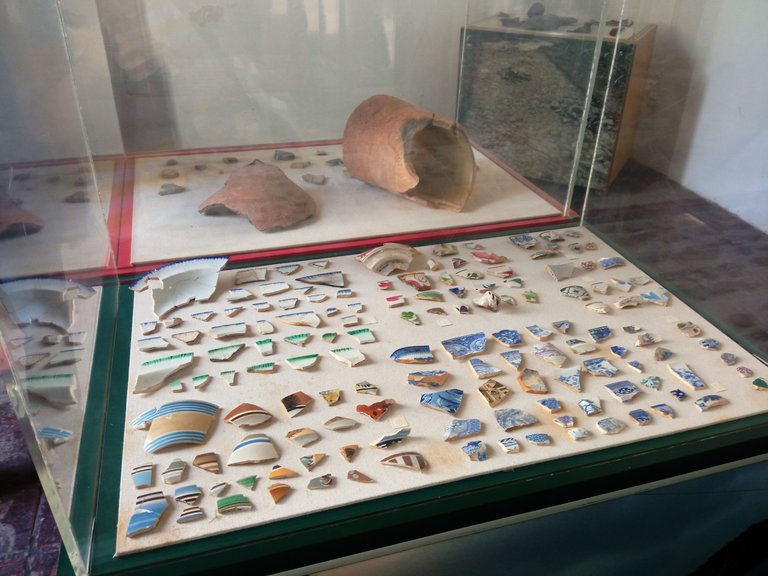
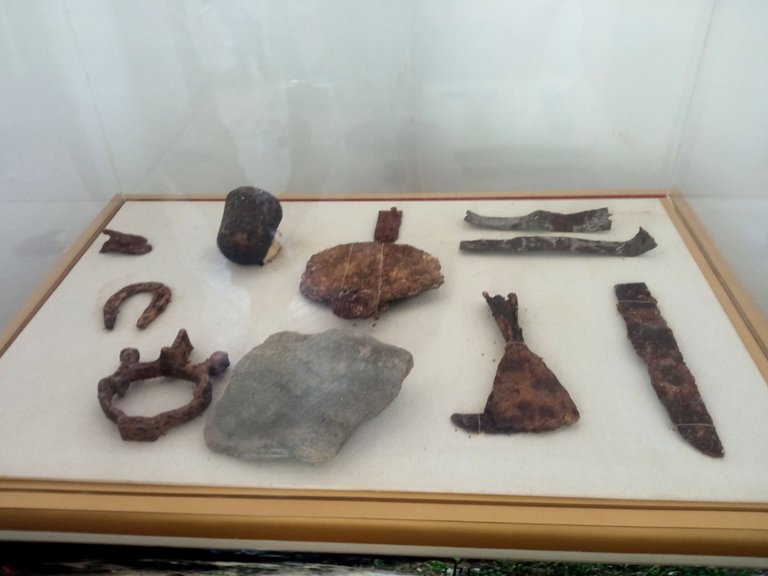
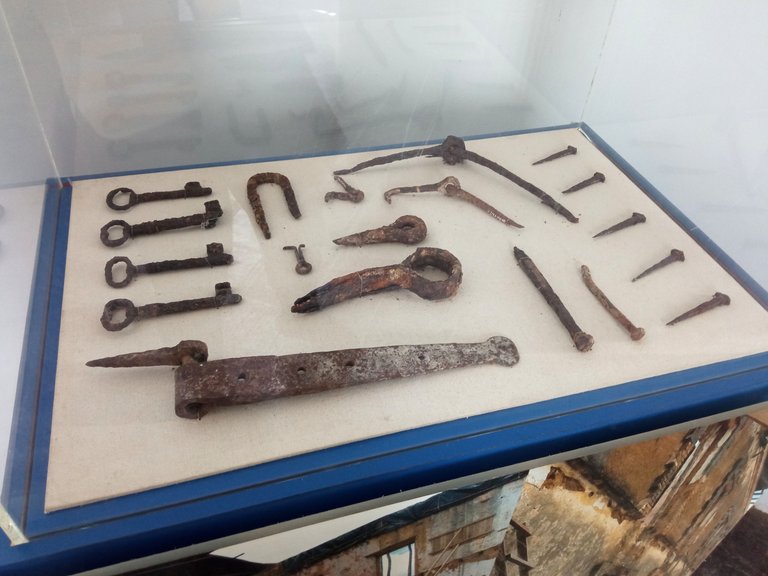
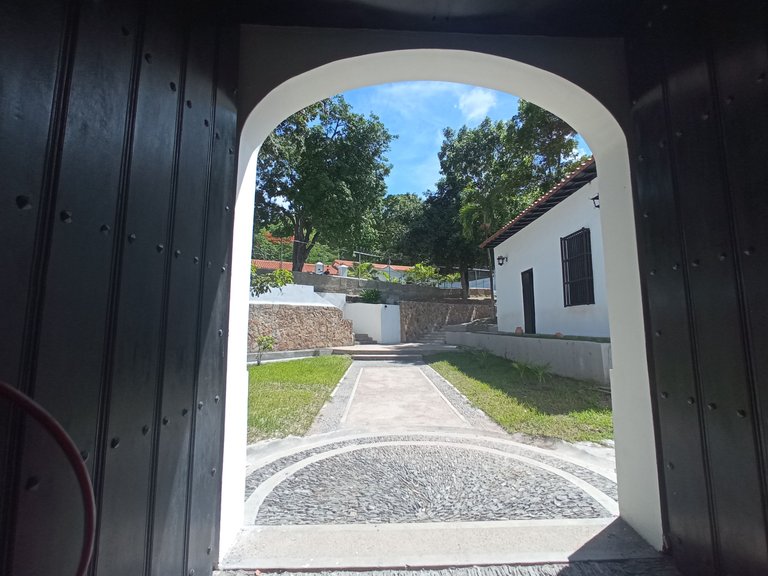
In the outside areas of the Sugar Cane Museum, which are very beautiful, there are also things to see, there are pieces exhibited in the patios, such as parts of machinery, a millstone and carts.
En las áreas externas del Museo de la Caña de Azúcar, que son muy bonitas, también hay cosas para ver, hay piezas exhibidas en los patios, como partes de maquinarias, una piedra de molino y carretas.
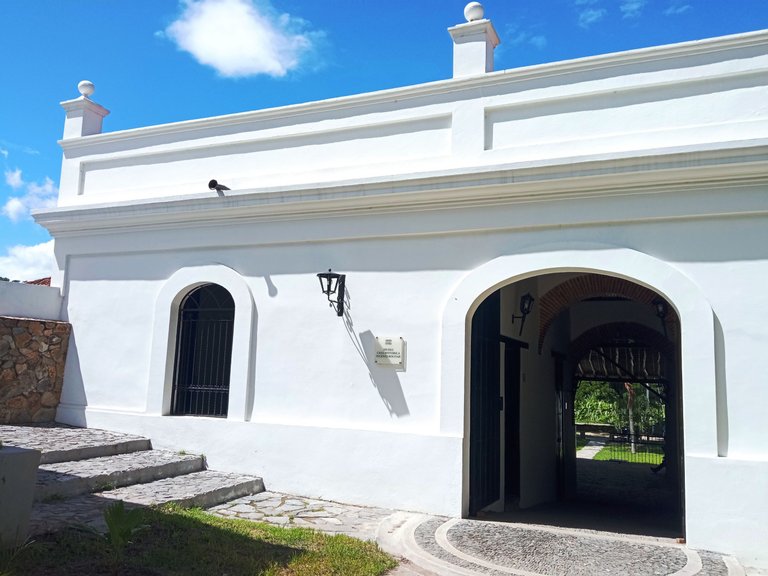

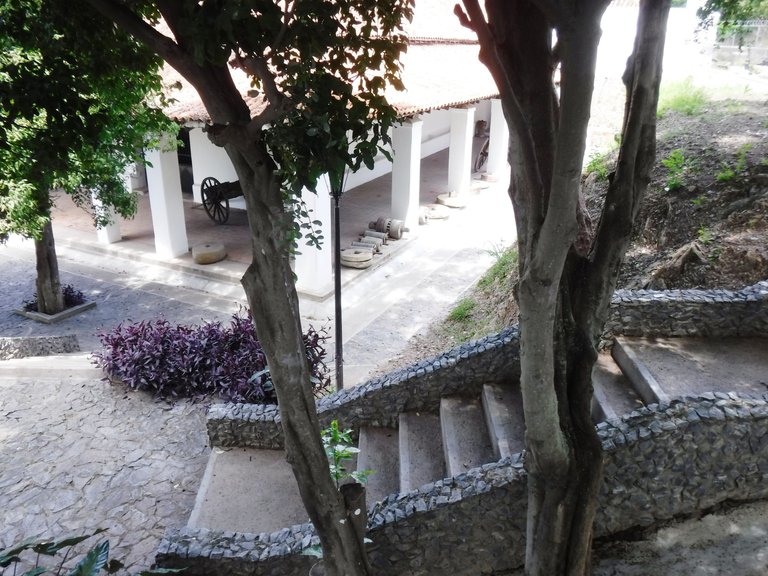
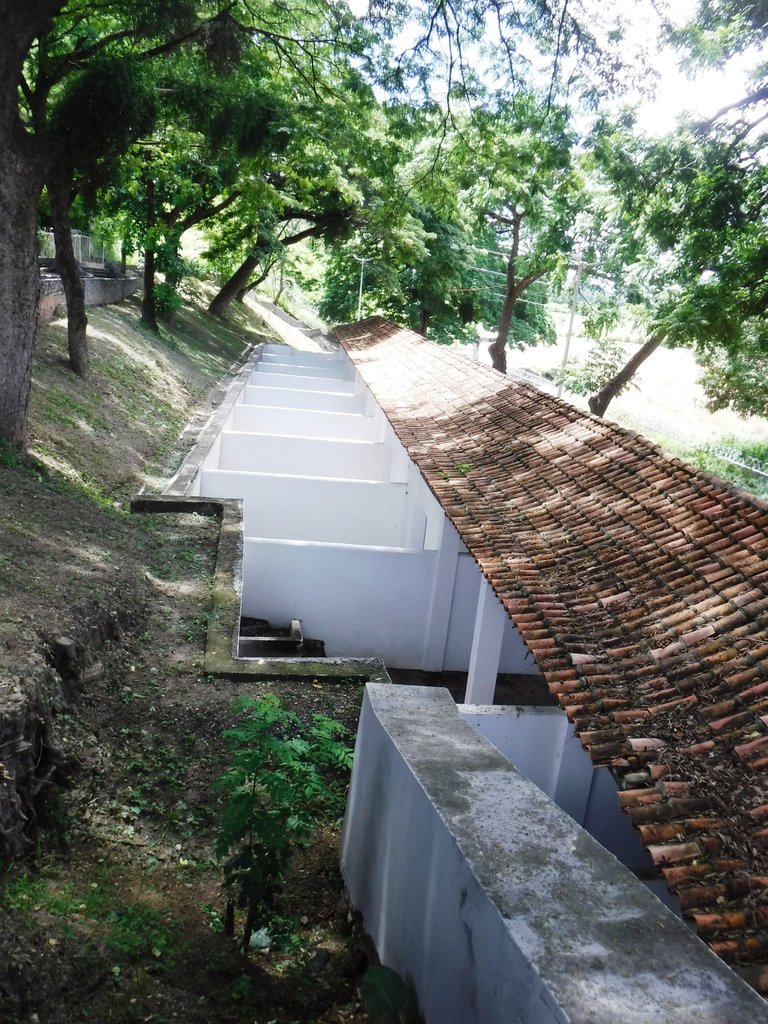
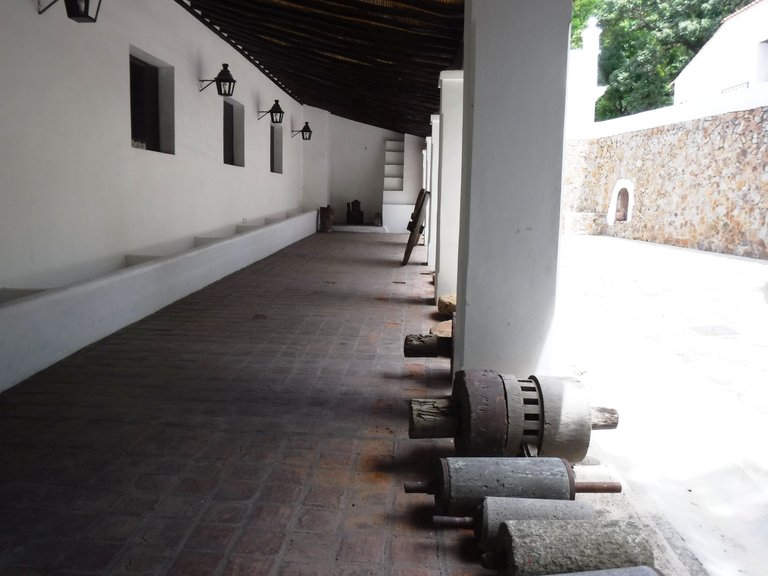
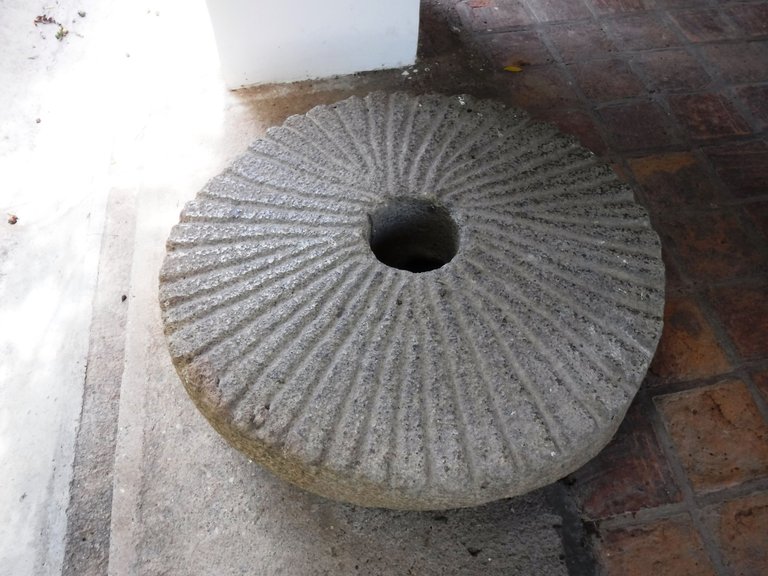

This sugar mill, one of the oldest and largest in Venezuela, was acquired by the State in 1924, and in 1964 it was declared a National Historic Monument. It is not only important because it belonged to the Liberator Simón Bolívar and he lived there crucial moments of his life and the history of independence, but also because it is a sample of how daily life was at that time and the country's economy between the seventeenth and nineteenth centuries.
Este ingenio azucarero, uno de los más antiguos y grandes de Venezuela, fue adquirido por el Estado en 1924, y en 1964 fue declarado Monumento Histórico Nacional. No sólo es importante porque perteneció al Libertador Simón Bolívar y él vivió allí momentos cruciales de su vida y la historia independentista, sino también porque es una muestra de cómo era la vida cotidiana de aquella época y de la economía del país entre los siglos XVII y XIX.
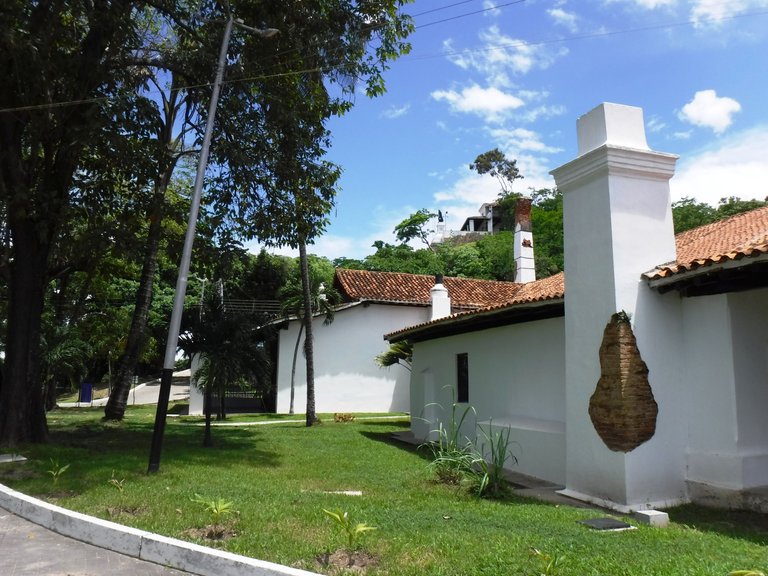
Before continuing the walk to the Arms Museum and the Historic House of the Liberator, which I will show you in my next post, we stopped to buy some snacks from a man who has a stall there with Creole sweets and the famous banana tostones (fried banana), don't miss to try them if you are around 😋.
Antes de seguir el paseo hacia el Museo de Armas y la Casa Histórica del Libertador, los cuales les mostraré en mi próxima publicación, nos detuvimos a comprar unas chucherías a un señor que tiene un puesto allí con dulces criollos y los famosos tostones de cambur (banana), no dejen de probarlos si andan por aquí 😋.
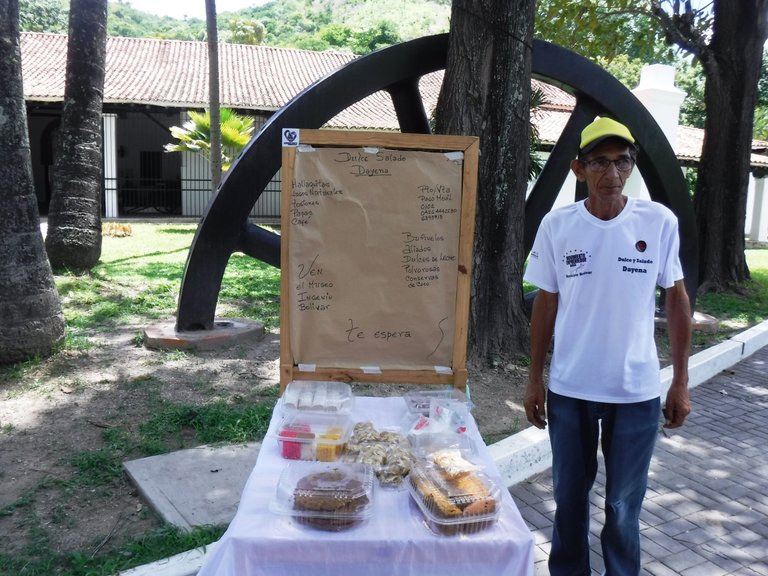
I hope you found this Venezuelan historical site interesting 😉.
Espero les haya parecido interesante este sitio histórico venezolano 😉.
All photos are my property / Todas las fotos son de mi propiedad


